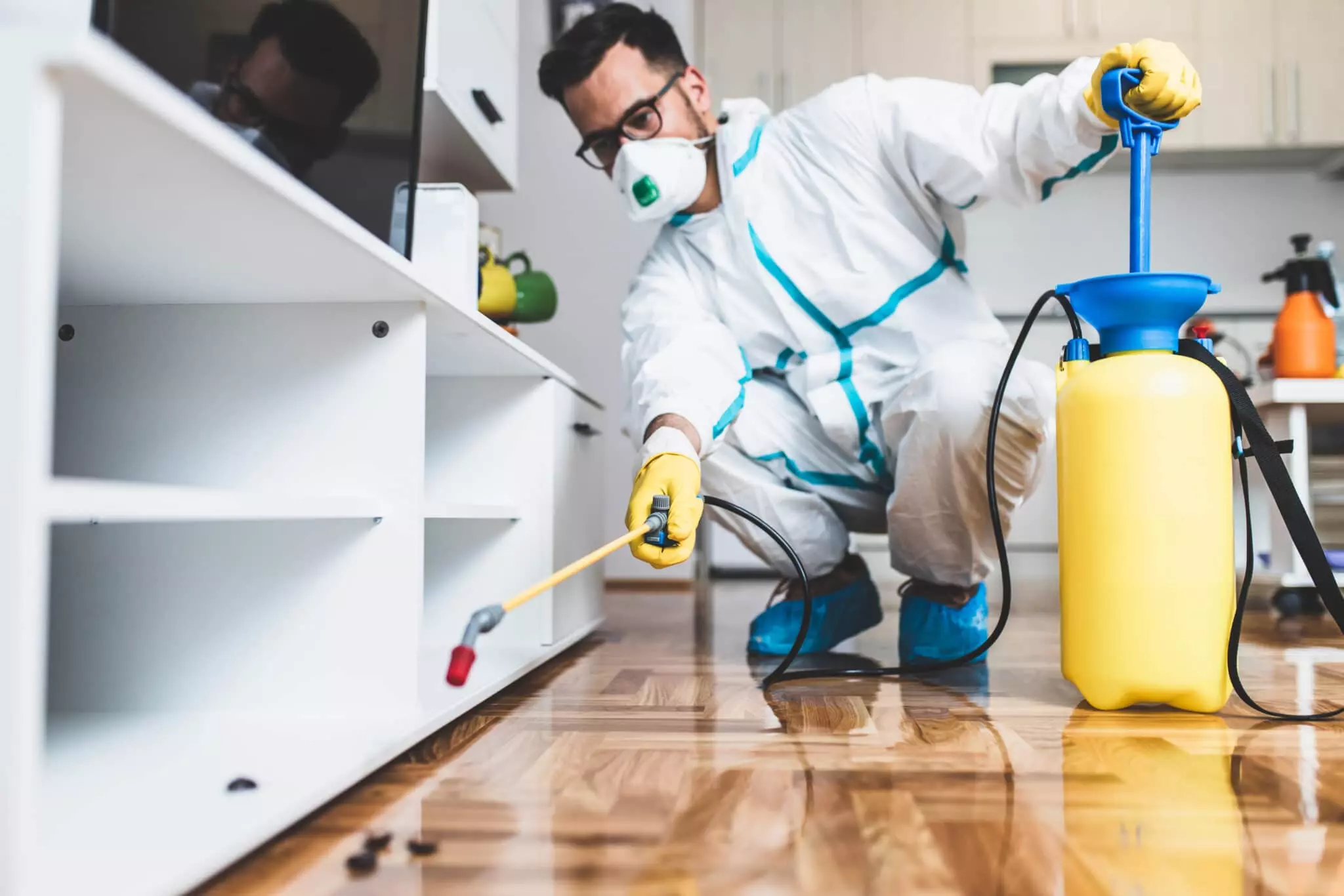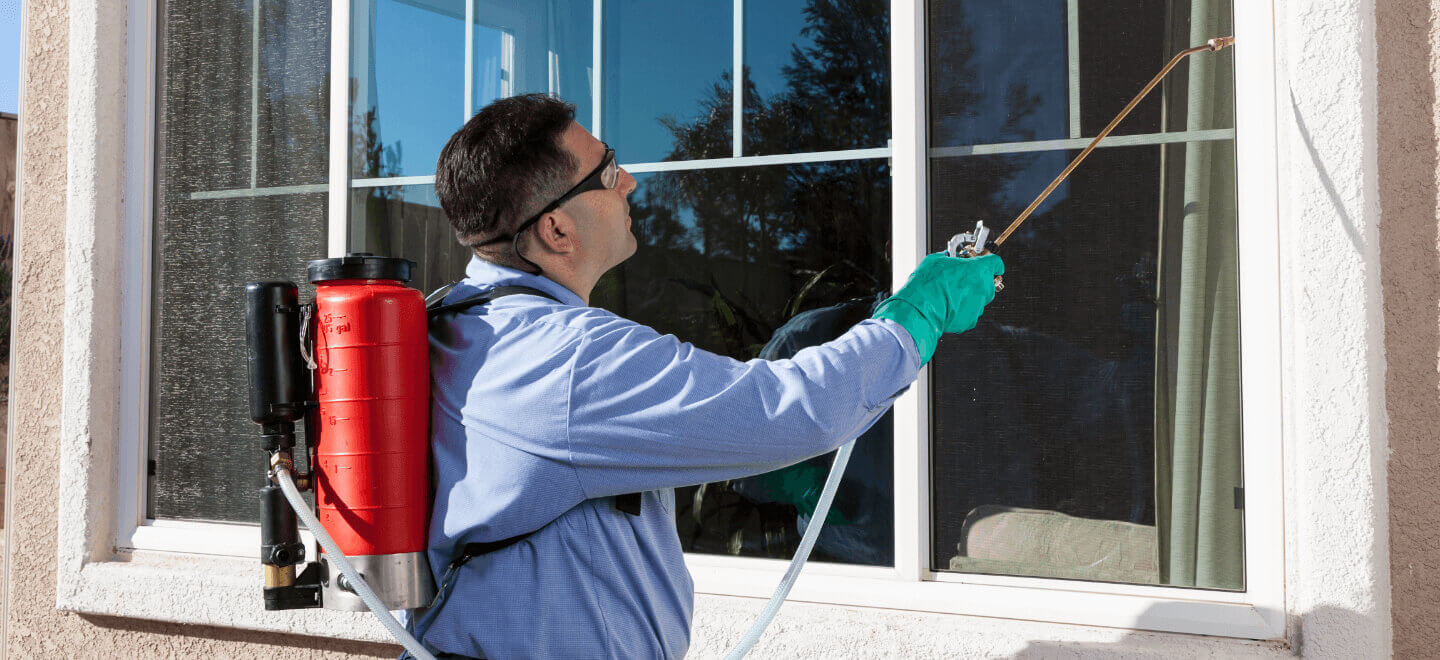A1 Bed Bug Exterminator Charlotte - Specialized Bed Bug Elimination
A1 Bed Bug Exterminator Charlotte - Specialized Bed Bug Elimination
Blog Article
Bed Insect Therapy Malfunction: Contrasting Chemical Vs. Non-Chemical Solutions
In the realm of bug control, particularly when managing the relentless issue of bed pests, the option between chemical and non-chemical therapy services can be a crucial one. Both approaches use distinctive advantages and disadvantages, affecting factors such as efficiency, safety and security considerations, and overall cost. By checking out the nuanced details of each method, a clearer understanding of which path to go after in dealing with a bed insect infestation can be acquired.
Effectiveness of Chemical Treatments
Chemical treatments for bed bug infestations have been widely recognized for their rapid and potent effectiveness in eliminating these insects. When considering the performance of chemical therapies, it is crucial to recognize that they can give a thorough and fast service to a bed bug trouble.
Additionally, chemical therapies have the advantage of using residual results, meaning that they can proceed to remove bed pests even after the initial application. This recurring action is particularly beneficial in combating any type of possible re-infestations. In addition, the rapid action of chemical therapies can bring alleviation to individuals dealing with extreme bed pest invasions, permitting them to gain back control of their space promptly.
Security Interest In Chemical Solutions
One critical aspect that calls for careful consideration when making use of chemical services for bed pest treatment is making sure the safety of occupants and the setting. While chemical therapies can be reliable in removing bed pests, they may position dangers if not taken care of effectively. Among the main safety worry about chemical solutions is the potential damage they can create to human wellness. Exposure to specific chemicals made use of in bed pest treatments can cause respiratory problems, skin irritability, or other adverse reactions, especially in individuals with pre-existing problems or level of sensitivities. Furthermore, incorrect application or dose of chemical pesticides can result in harmful deposits remaining in the treated area, positioning lasting wellness threats to residents.
Furthermore, the ecological effect of chemical options is one more significant consideration. Some chemicals used in bed pest therapies may be unsafe to useful insects, wild animals, and environments if they seep right into the soil or water systems. It is vital to use chemical therapies deliberately, complying with safety and security guidelines, and thinking about less poisonous alternatives to minimize these risks and make sure the reliable and risk-free monitoring of bed pest infestations.
Benefits of Non-Chemical Approaches
Taking into consideration the possible rat traps security worries and ecological impact associated with chemical services for bed insect therapy, discovering non-chemical techniques presents a promising alternative with numerous unique benefits. Non-chemical treatments are environmentally friendly, as they do not add to air or water air pollution, making them a lasting choice for parasite control.
Additionally, non-chemical services can be efficient in targeting bed pests, consisting of hard-to-reach areas where chemical therapies may not permeate - A1 pest control services charlotte. Approaches such as warmth treatment, vacuuming, heavy steam cleaning, and cushion coverings supply complete elimination without the use of dangerous chemicals.
Limitations of Non-Chemical Treatments

Additionally, non-chemical treatments usually require multiple applications to accomplish successful removal. This can be taxing and may not always ensure total removal of all bed pests and their eggs, particularly in hard-to-reach or concealed places.
Moreover, the success of non-chemical therapies greatly relies upon proper implementation and thoroughness, which can be challenging for individuals without expert experience. Inadequate application of non-chemical methods may result in incomplete eradication, resulting in consistent invasions and the requirement for extra treatments.
As a result, while non-chemical treatments have their benefits, it is necessary to recognize these constraints and consider them when establishing one of the most reliable technique for handling bed bug problems.
Cost Contrast: Chemical Vs. Non-Chemical Options
Given the restrictions connected with non-chemical therapies, an important element to assess in the context of bed insect administration is the expense contrast in between chemical and non-chemical alternatives. In comparison, non-chemical abc pest control therapies like heat treatment or steam can be much more costly, with expenses varying from $1,000 to $6,000 for a whole home. While the initial expense of chemical treatments may seem reduced, numerous treatments may be needed to completely eradicate the infestation, potentially boosting the total price.
Verdict

Considering the possible security concerns and ecological effect associated with chemical remedies for bed insect therapy, checking out non-chemical methods offers an appealing alternative with numerous unique advantages.Provided the limitations connected with non-chemical treatments, an essential element to evaluate in the context of bed pest management is the price contrast in between chemical and non-chemical options. In comparison, non-chemical treatments like warm therapy or vapor can be extra costly, with prices ranging from $1,000 to $6,000 for a whole home. While the first price of chemical treatments might appear lower, numerous treatments may be called for to completely get rid of the infestation, possibly raising the general cost.In final thought, when contrasting chemical and non-chemical bed pest therapy options, it is vital to consider efficiency, safety and security, advantages, constraints, and cost.
Report this page